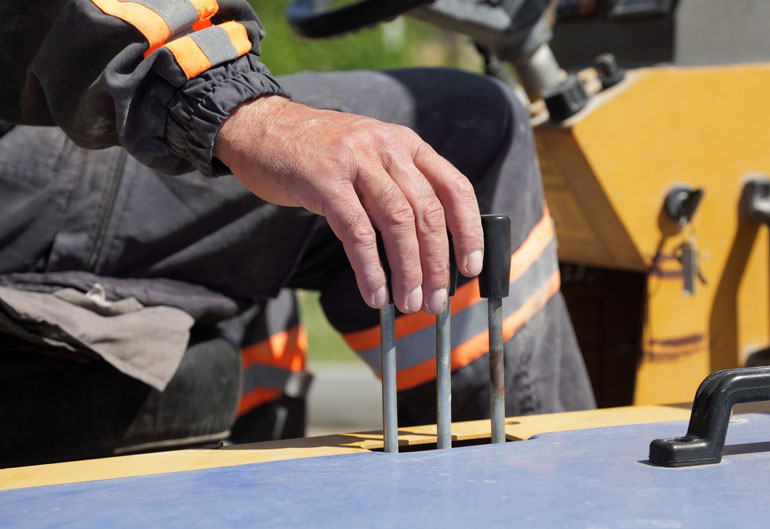Machine control technology is paving the way towards a more productive job site – here’s how.
The construction industry employs roughly 7 per cent of the world’s working population. In Australia specifically, construction sales account for $327 billion, or a whopping 21 per cent of our GDP. The industry is booming, but as ever, there is a call for the industry to do more with less.
The evolution of project technology
There’s no doubt that the tools being used across construction sites are evolving. Not only are machines faster and more intuitive than before, but data is now at the heart of the job site. Combined, data and machines are key to improving workflows across contractors, partners and suppliers. But with so many moving parts, it’s important to get the balance right for construction professionals to boost productivity and efficiencies.
In a bid to ‘declutter’ a project, the industry is on the lookout for technology that improves site productivity, streamlines project management, drives competitive advantage and improves safety.
The rise of machine control
We know machine control technology is paving the way towards a more productive job site; Australia is already one of the most adopted markets in this respect. It’s also widely acknowledged that by maintaining tight tolerances with millimetre accuracy, machine control enables higher quality work on a job site.
This results in less rework, no staking and less checking, leading to lower operating costs and material usage. All together, this can improve productivity and speed up job cycles, leading to a stronger bottom line.
What does this next generation machine control look like?
1. Automatic Excavator Solutions
For the first time, the market has access to fully automated excavator solutions, which can be retrofitted to most machines. This is a total game changer for the industry, as it allows better control of the machines, which are critical to many functions and applications across the job site.
2. No overcutting
With hydraulic lock-outs preventing the machine from digging beyond a given 3D design, engineers now have more control over their buckets and blades than ever before. As a result back blading and the need for smoothing functions are quickly becoming a thing of the past.
3. An operating system that we know
Thanks to the consumerisation of business technology, next-gen site technologies have become more intuitive and easy to learn – 3D rotating view, zoom functions and colour touch screens are the minimum the industry expects. By operating on systems we know and use in our personal lives, such as Android software, machine control is more accessible to the masses. There is also scope for the development of apps and further customisation via these platforms.
4. Added health and safety bonus
With machine avoidance zones comes added health and site safety benefits. For example, they reduce the risk for operators and projects working around dangerous power lines or sensitive project exclusion zones. We can also now see operators guided to a point on site with relevant exclusion data embedded.
The foundations of the construction industry are changing, driven by the promise of new technologies and the efficiencies they bring. The next generation of machine control is the gateway for increased data quality and faster information delivery. This means better decision making, faster performance and more profit for construction professionals and their projects.
